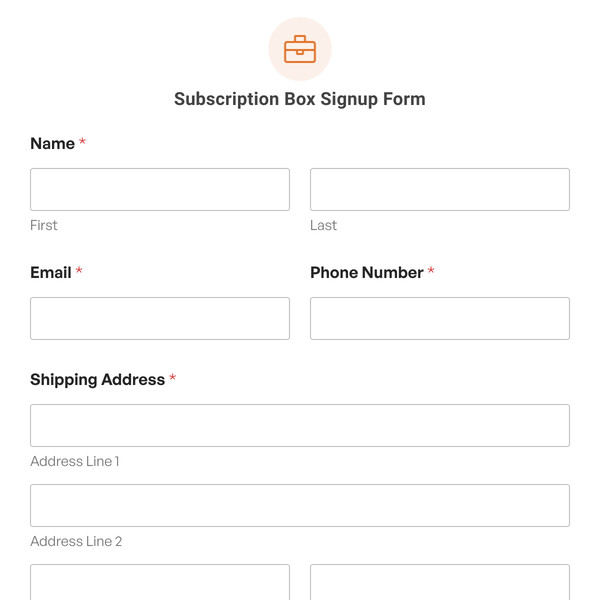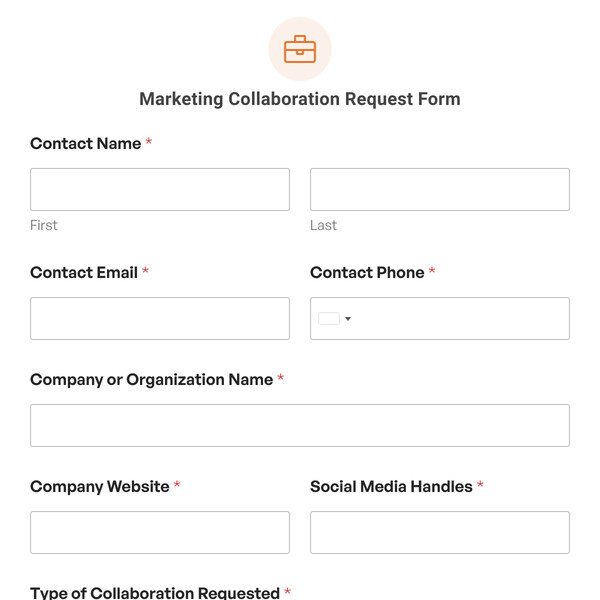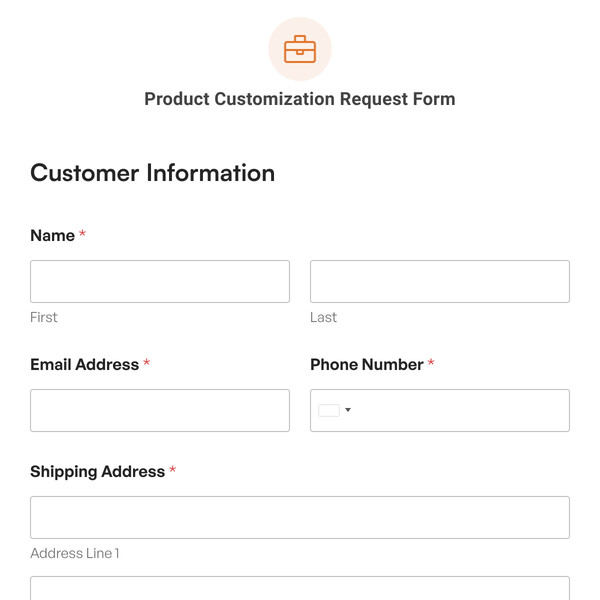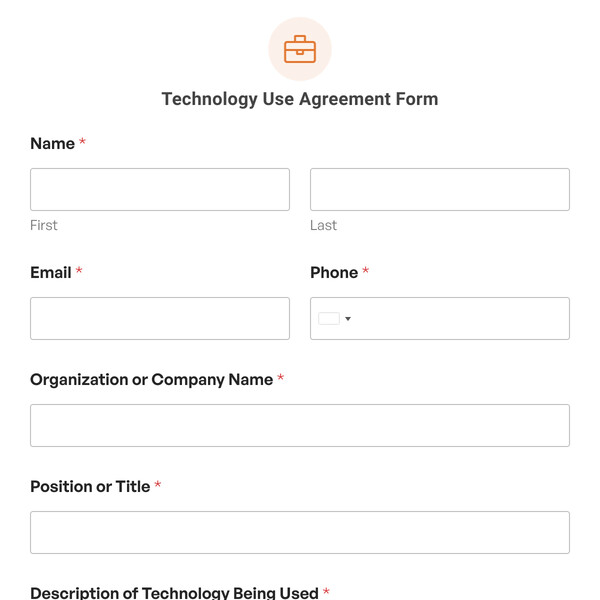Managing employee hours accurately is crucial for efficient business operations. Our Employee Timesheet Form Template is designed to simplify this process, helping you capture all necessary details for payroll and record-keeping.
How Does the Employee Timesheet Form Template Work?
Let’s explore this form template and how using it can be beneficial to your website.
- Employee Details: This timesheet first collects essential information such as employee name, ID number, email, and total hours worked (Sunday-Saturday), which is vital for accurate payroll processing and record maintenance.
- Weekly Time Sheet: The form then allows employees to log their hours for each day of the week, with fields for the week’s starting and ending dates, and daily time in and out. Employees can also add and remove days and times in and out, allowing for double shifts over 7 days.
- Agreement: The timesheet also includes an acknowledgment checkbox where employees agree that the information provided is accurate and complete. This helps maintain the integrity of time records and serves as a safeguard against falsifying records.
Integrating the Employee Timesheet Form Template into your website can significantly enhance your payroll and record-keeping processes. By capturing all relevant information efficiently, you can guarantee accurate payroll calculations and maintain reliable employee records.
So, what are you waiting for? Sign up with WPForms to access the Employee Timesheet Form Template and thousands of other templates for your site!





